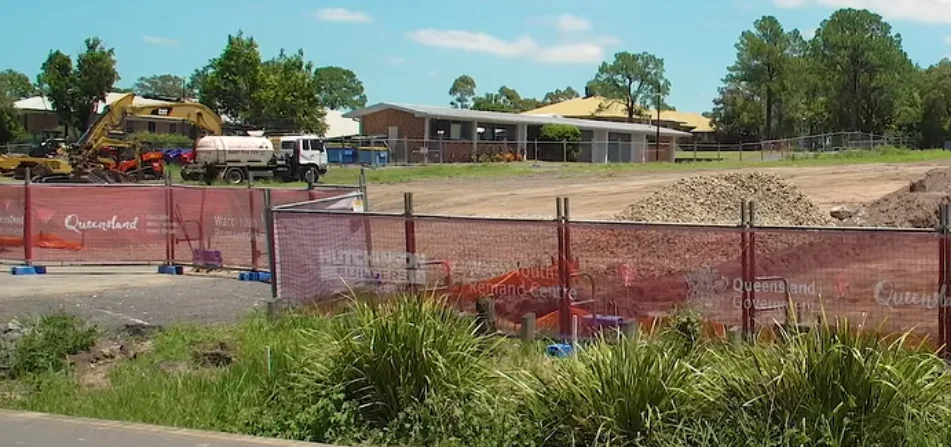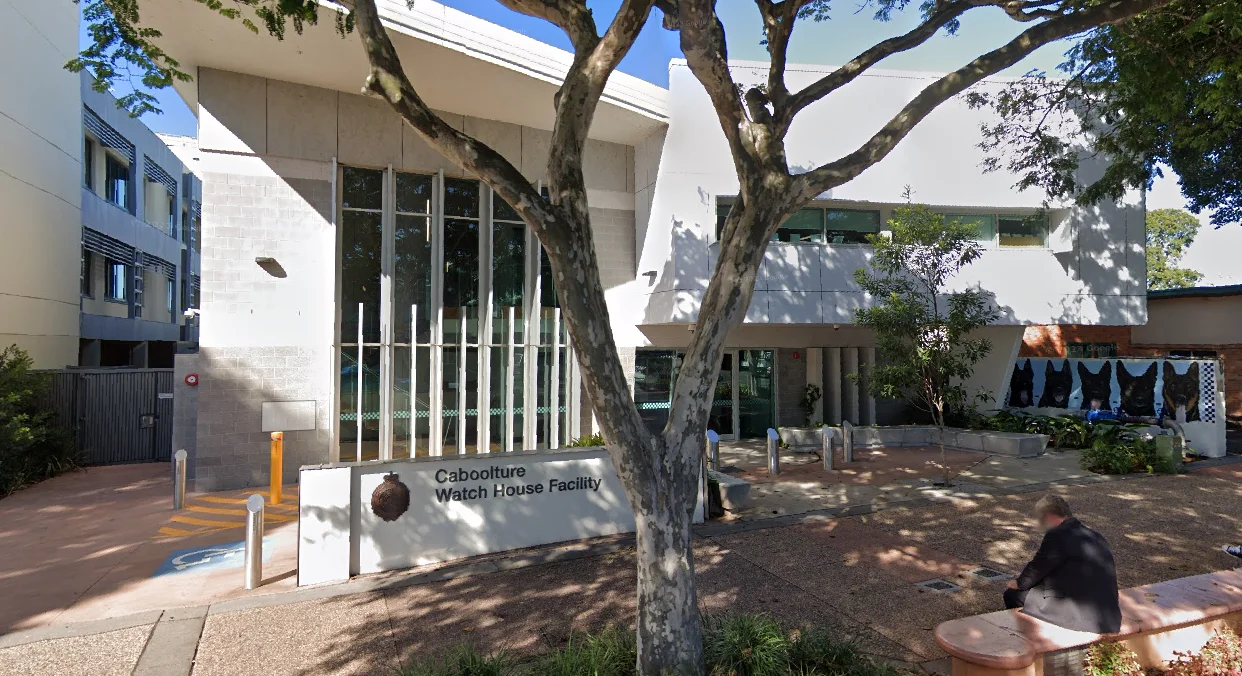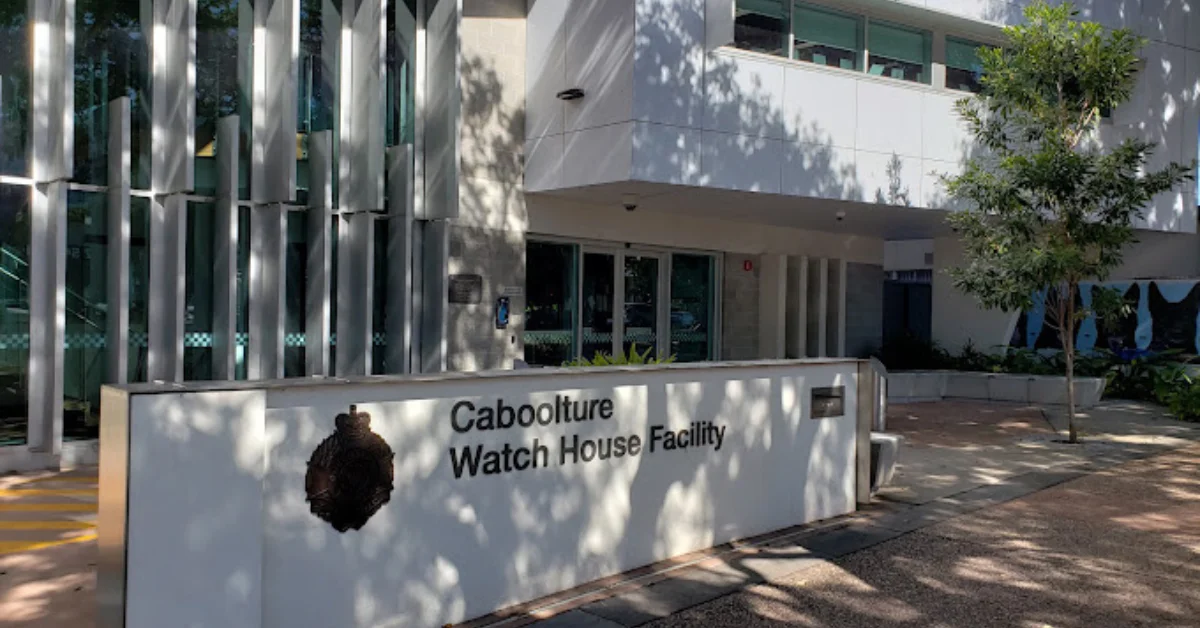Funding for the Caboolture Watch House has been extended to keep it operating as a temporary holding facility for young people, despite ongoing concerns about its suitability.
The extension, set to last until the end of 2025, comes as authorities face delays in completing the Wacol Youth Remand Centre, which was initially expected to be operational by mid-2025.

Why Is This Happening?
Because of overcrowding in appropriate youth detention facilities, young people have been housed in the Caboolture Watch House as an overflow facility. Originally meant as a temporary fix, constant delays in building the Wacol Youth Remand Centre have extended their application.
Recent legislative changes have allowed authorities to extend detention periods for minors in watch houses, though the specific relationship to Queensland’s Human Rights Act remains a topic of debate among experts. This has sparked concerns from child advocates and legal experts.
Additionally, laws introduced under the banner of “adult crime, adult time” have been criticised by experts for their potential to increase youth incarceration rates. These changes included suspending Queensland’s Human Rights Act to allow children as young as ten to receive life sentences for certain crimes.
Reports have also highlighted troubling incidents within these facilities, including allegations of misconduct, inadequate access to healthcare, and prolonged stays for vulnerable young people.
Concerns from the Community
Community advocates and organisations have repeatedly raised concerns about the treatment of young detainees in facilities like the Caboolture Watch House. Incidents in Queensland watch houses, including reports of a 13-year-old Indigenous girl being restrained while in distress and a 17-year-old boy struck with a baton in another facility, have brought increased scrutiny to the system as a whole.
Local advocates say this can take a heavy toll on children’s wellbeing. One group mentioned the system is especially tough on Aboriginal and Torres Strait Islander kids, plus kids with a disability.
At one point, Maggie Munn, a First Nations Justice Director at the Human Rights Law Centre, said they wondered “how the Premier can sleep at night” because of how bleak the future seems for these youngsters.
Meanwhile, a local authority in charge of youth justice, Laura Gerber, said the new funding for Caboolture helps the corrections system deal with a backlog of projects. She argued that previous leaders’ “failure to deliver on critical infrastructure” amounted to “negligence of youth justice and the corrections system.”
Queensland apparently locks up more Indigenous children than any other state or territory in Australia. Lawyer Debbie Kilroy has slammed the practice of keeping kids in watch houses as a “gross violation of the human rights of children.”
Katherine Hyes, a child welfare advocate from the Youth Advocacy Centre noted that prolonged detention in unsuitable facilities can cause lasting trauma and increase the likelihood of reoffending.

What Happens Next?
The Wacol Youth Remand Centre, currently under construction, is expected to open by mid-2025, according to official updates from authorities overseeing the project. Until then, watch houses will continue to be used as temporary detention spaces.
Authorities have promised improved oversight and transparency around conditions in these facilities. However, advocacy groups continue to call for stronger protections and immediate reforms to prevent further harm to young detainees.
Photo Credit: Andrew/Google Maps
Published 2-Jan-2025












